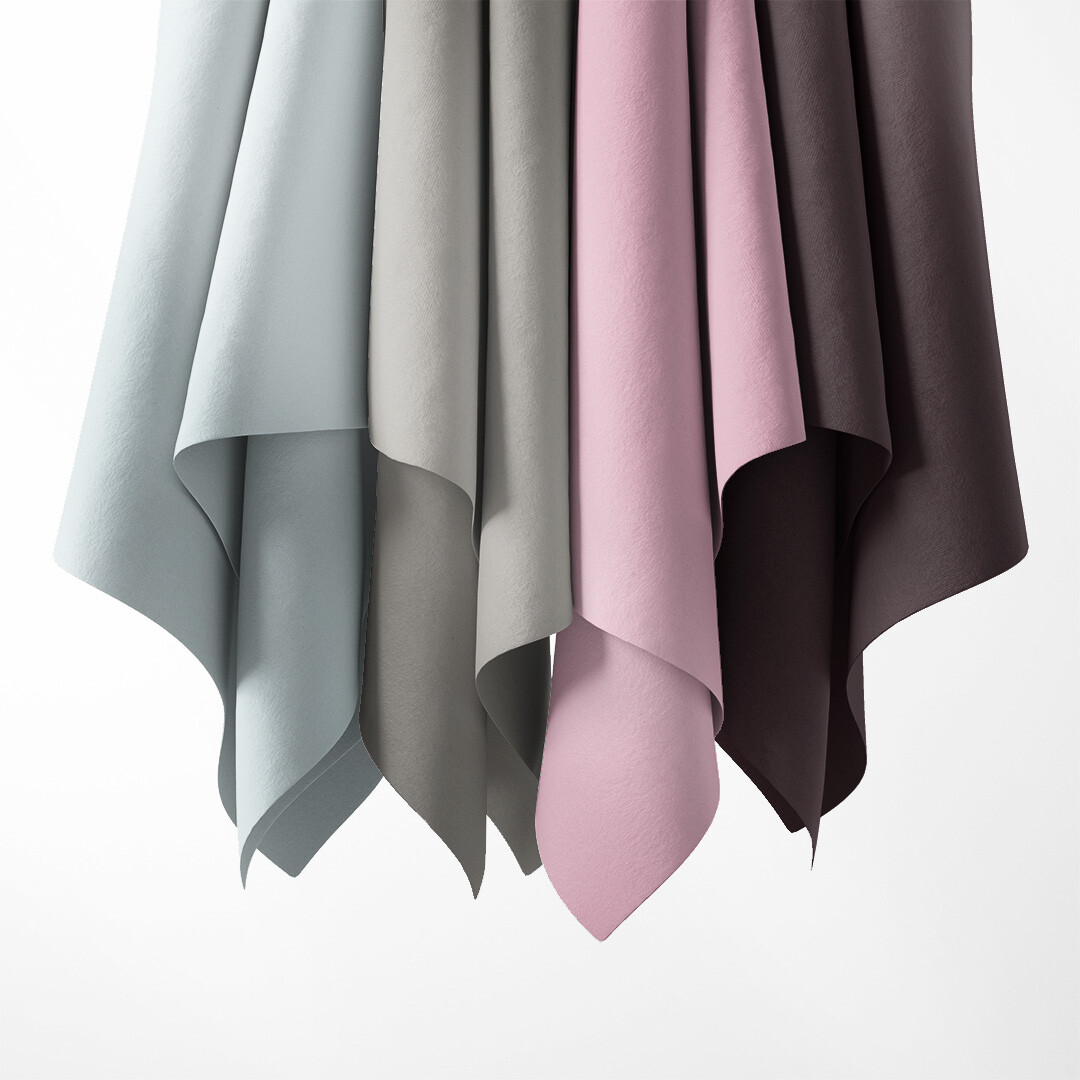 Microfiber is a material actively used by manufacturers of modern textiles. Products that include microfiber have an extensive list of positive properties, one of which is affordable cost. Due to this, home textiles based on microfiber are actively gaining space on the market, acquiring more and more connoisseurs of their qualities.
Microfiber is a material actively used by manufacturers of modern textiles. Products that include microfiber have an extensive list of positive properties, one of which is affordable cost. Due to this, home textiles based on microfiber are actively gaining space on the market, acquiring more and more connoisseurs of their qualities.
Microfiber. Properties and types
The basis of microfiber is made of polyester or polyamide fibers, interwoven into threads. The fabric, consisting of such threads, pleasant to the touch, is characterized by lightness, strength, air and water permeability. Its properties determine a number of functional features of a textile product:
- affordable price;
- resistance to mechanical stress and wear;
- weak susceptibility to ultraviolet light - products do not fade, retain color and brightness;
- resistance to deformation - does not change its shape under the influence of mechanical loads;
- air permeability - the product “breathes”, letting air through itself, without creating the effect of a “steam room”;
- hygroscopic - microfiber textiles remove moisture from the body, allowing it to naturally penetrate and evaporate;
- antibacterial properties - the peculiarities of the composition of microfiber textile threads do not allow microflora to develop on the fabric - fungi, mold, mites, etc.;
- ease of care - the fabric is easy to wash and dries quickly, does not wrinkle, and therefore does not require ironing.
Types of microfiber
 The variety of properties of microfiber allows its use in the creation of a wide variety of products. It is achieved through the use of fibers of various diameters and ratios in the thread of synthetic and natural materials.
The variety of properties of microfiber allows its use in the creation of a wide variety of products. It is achieved through the use of fibers of various diameters and ratios in the thread of synthetic and natural materials.
Depending on the production technology, microfiber is of the following types:
- non-woven - used to create tools for delicate cleaning, wet and dry cleaning, etc.;
- woven - used in the design of upholstered furniture, car interiors, etc.;
- knitted - popular in the manufacture of clothing, linen, home textiles;
- eco-leather - used for making shoes, outerwear, for decorating furniture, car interiors, etc.
Depending on the composition, microfiber happens;
- pure polymer fiber - polyester and polyamide;
- combination of polymer fibers with natural fibers.
Also, depending on the composition and field of application, microfiber comes in various densities - from 85 to 450 g/m².
21st century cotton
Microfiber is a modern material used in the manufacture of a wide variety of products. The following subspecies of knitted microfiber are popular in the textile industry:
- tactile;
- micro - ultra-thin, delicate to the touch material;
- multisoft - soft, enveloping fabric;
- diablo - shiny, bright fabric;
- aquator - quick-drying, airtight material;
- climate - fabric with pronounced thermoregulatory properties;
- texture - thick, soft and fluffy fabric;
- мeryl - a fabric that looks like silk, stretches well and has antiseptic properties.
Microfiber textiles - high quality and affordable price
The popularity of microfiber products is determined by the high performance and low cost of the material.
Microfiber textiles attract attention with their aesthetic properties. It is lightweight and durable. Easy to sanitize. Does not pose potential threats to human health:
- does not cause allergic reactions;
- has antiseptic properties;
- provides the necessary level of metabolic processes - thermoregulation, air and moisture permeability.
Products based on microfiber are pleasant to the touch. They don't wrinkle. They do not require much cleaning effort. Designed for high intensity use.
Microfiber textiles are an option when low price is effectively combined with high quality.
How to choose the right blanket can be found here.
